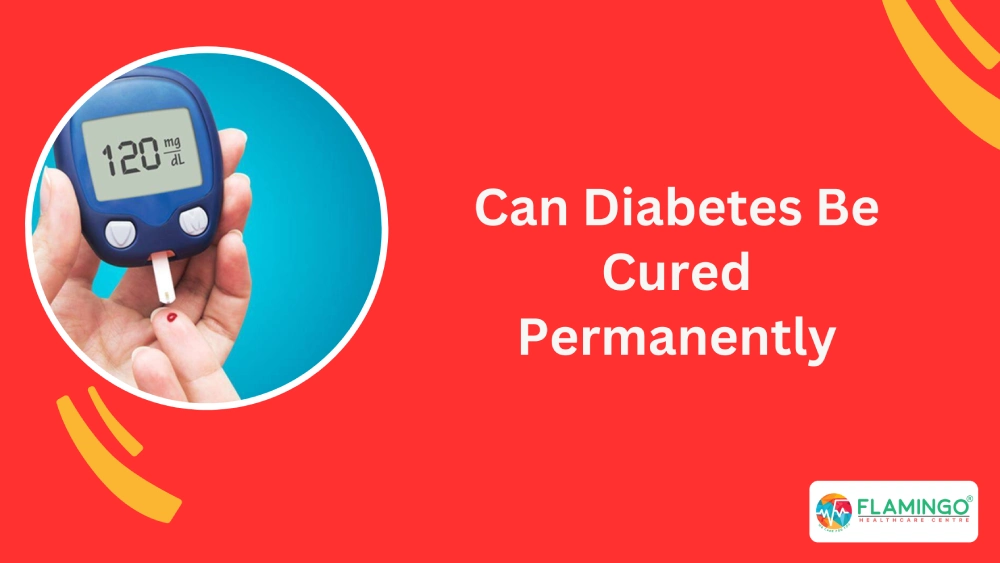In the recent era, an increase in diabetes has become the most common issue among the demographic population. If you consume excess amounts of sweets, then you may get diabetes.
Some of you may be affected from childhood because of genetic diseases. Don’t worry you can consume sugar-free fruits, jams, cakes, and biscuits to maintain a normal blood sugar level.
But, when it comes to pregnancy, most of the mothers get affected by the common diabetes known as gestational diabetes. Gestational diabetes occurs during the middle of the pregnancy between the week of 24 to 28.
In this blog, you will explore
- Why do doctors suggest insulin,
- Difference between normal and gestational diabetes
- What are the types of insulin used,
- How to use it,
- Intake status of insulin and
- What are the side effects of insulin?
Why do doctors suggest insulin for gestational diabetes?
You may be confused about whether gestational diabetes can be controlled naturally or by insulin, as suggested by a doctor. Here are some reasons that doctors suggest insulin during pregnancy.
- At the time of pregnancy, you might have the craving to eat many unwanted foods that are not good for your health, which increases your blood sugar level.
- If you do not exercise regularly during pregnancy, food intake causes high blood sugar levels.
- As to control type 2 diabetes in the future for both pregnant women and their children.
- To reduce the infections, at the time of delivery and to control the blood sugar level to keep in a normal state.
If other treatments, such as a healthy diet, proper physical activities, and monitoring blood sugar regularly, do not control gestational diabetes, then doctors might suggest taking insulin to control gestational diabetes.
Difference Between Normal Diabetes and Gestational Diabetes
NORMAL DIABETES | GESTATIONAL DIABETES |
It occurs because of genetic disorders or overconsumption of sweets. | It occurs during the period of pregnancy. |
It is caused because the body does not generate proper insulin to control the blood sugar level. | It is caused because of hormonal changes at the time of pregnancy. |
The duration is lifelong. | Mostly, it is resolved after the pregnancy, but there is a chance of an increase to type 2. |
The risk involved in body parts such as eyes, kidneys, and nerve damage. | The risk involved for both the mother and baby. |
It can be controlled through insulin, proper diet, and exercise. | It is controlled through a healthy diet, proper exercise, and insulin. |
Types of Insulin for Gestational Diabetes
There are three types of insulin to control gestational diabetes,
1. Rapid-acting Insulin
It is recommended to be taken 15 minutes before the meals as it immediately controls the blood sugar level. Once injected, it reacts within 5 to 20 minutes and minimizes the risk of high blood sugar levels. It is safe for both the mother and baby in the womb as Novorapid insulin lasts up to 5 hours.
2. Intermediate-acting insulin
In this type of insulin, the NPH insulin acts as a long-lasting and controls sugar levels in the blood. Comparing rapid-acting insulin, a steady level of insulin is created and controls the blood sugar level throughout the day and night. It is injected before the meals as it takes 4 to 6 hours to activate in your body.
The various intermediate insulin include,
- Novolin N
- Novolin N Penfill
- Novolin N Innolet
- Humulin N
- Humulin N Pen
3. Insulin mixture
This type of insulin includes a mixture of both rapid-acting insulin and intermediate-acting insulin. It helps reduce the number of injections as it is a single injection where it acts as an immediate and long-lasting control of the blood sugar level after the intake of meals. As per your needs, the ratio can be adjusted.
How to use Insulin for Gestational Diabetes
To inject insulin into your body, you must follow a step-by-step process to make it successful. The basic requirements for the injection are
- A needle
- Insulin bottle
- Cotton
- Alcohol swabs
The various steps to inject insulin are
Step 1: Wash your hands gently with warm water and soap to kill the germs present in your hands.
Step 2: Insert the syringe into the insulin bottle to draw the required amount of insulin. Make sure no air bubbles are present in the needle.
Step 3: Thighs, abdomen, buttocks, and upper arms are the most common places to inject. As per your convenience and the diabetes doctor’s suggestion, inject the insulin.
Step 4: Clean the injected area with alcohol swabs before the injection.
Step 5: Pinch your skin, insert the needle at 45 degrees, and push in the liquid.
Step 6: Remove the needle slowly and dispose of it properly, as no one should get harmed.
Once you are injected, monitor and evaluate the blood level. Follow and clear your doubts from a diabetologist.
Insulin intake status after the baby is born
Here are pieces of information that a pregnant woman must know when to take insulin after delivery.
STAGE | USAGE OF INSULIN INJECTION | REASON |
Immediate after birth | Reduces slowly | Changes in the hormonal level may lead to an increase in insulin in the body. |
Short-term (after a few weeks) | Adjusted to the requirement | The blood sugar level is monitored until it gets to the normal level. |
Long-term (more than 1 year) | Injected daily | Depending on the individual, it might have a higher chance of suffering from type 2 diabetes during post-pregnancy. |
Side effects of insulin
- If there is an excessive amount of insulin intake, then it can lower the blood sugar level, leading to hypoglycemia.
- The baby suffers from breathing trouble once the delivery happens. Because insulin always controls the high blood level when they are in the mother’s womb.
- If insulin does not work properly, the baby will become larger than usual because there is no control of blood level.
- Injecting insulin may create rashes, allergies, or swelling over the injected place.
- There is a chance of an increase in the blood sugar level because of insulin injection, increasing the risk of weight gain.
Conclusion
Generally, it is common to have gestational diabetes during pregnancy time. After the delivery, your blood sugar level becomes normal as usual. But if you are already suffering from this, then you might have a higher chance of suffering from type 2 diabetes. To prevent it earlier, you need to take the required steps to control diabetes.
FAQs
Which is the best place to inject insulin?
The belly or abdomen is the best place to inject insulin because this place is convenient for self-injection. The abdomen is thicker which reduces pain and will dissolve the insulin easily into the blood.
Which is the best time to inject insulin?
It is suggested to inject 5 – 10 minutes before the meals as it needs time to dissolve and control sugar levels in the blood after the consumption of food.
Does insulin affect the baby during pregnancy?
No, the intake of insulin during pregnancy will not reach or damage the placenta as it helps to control the sugar level in the blood.











